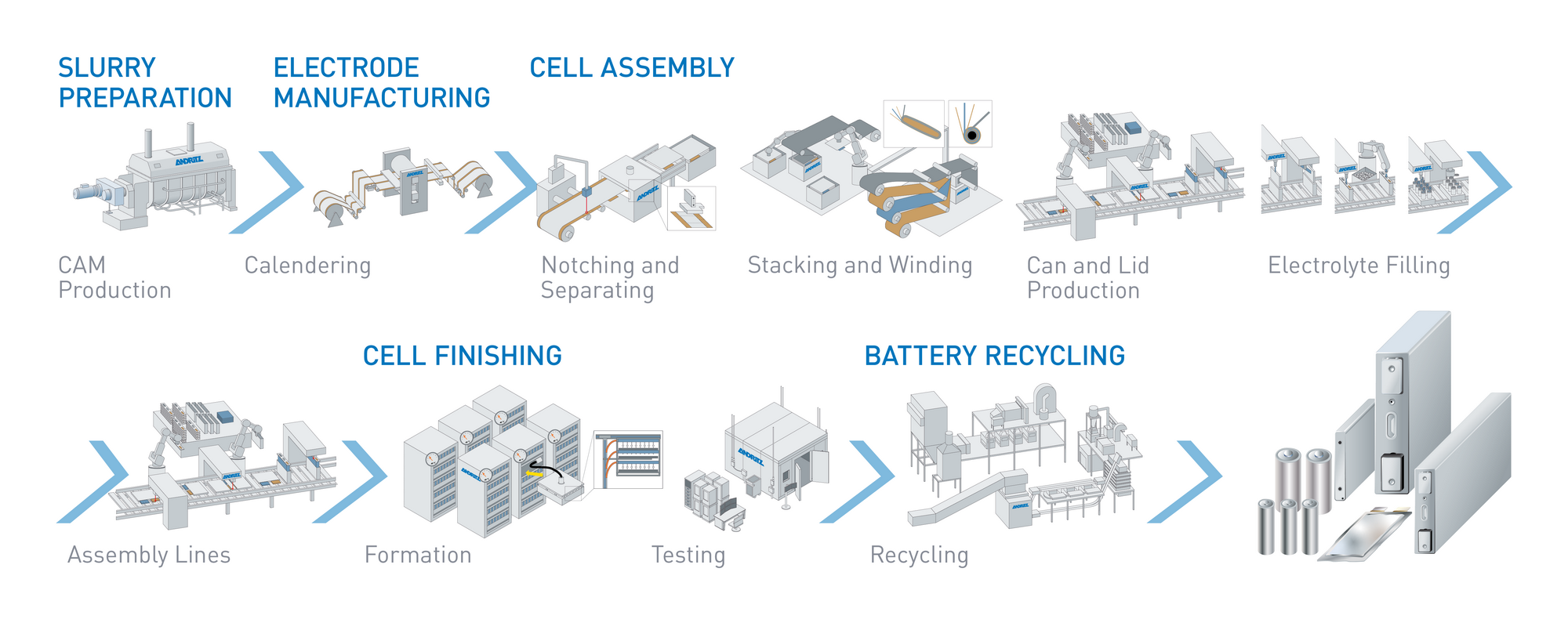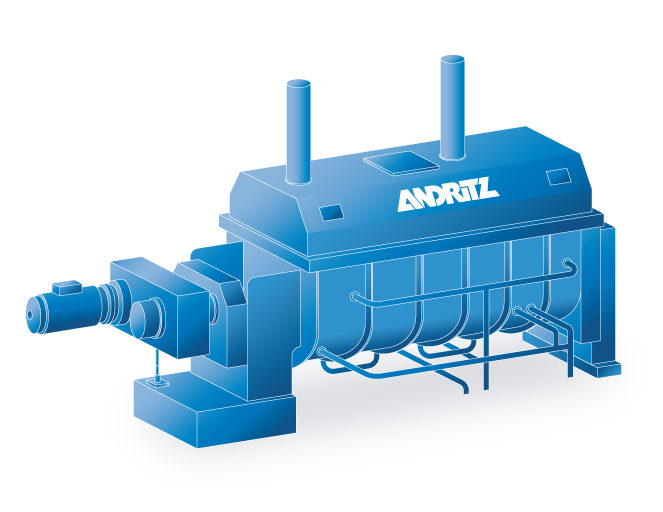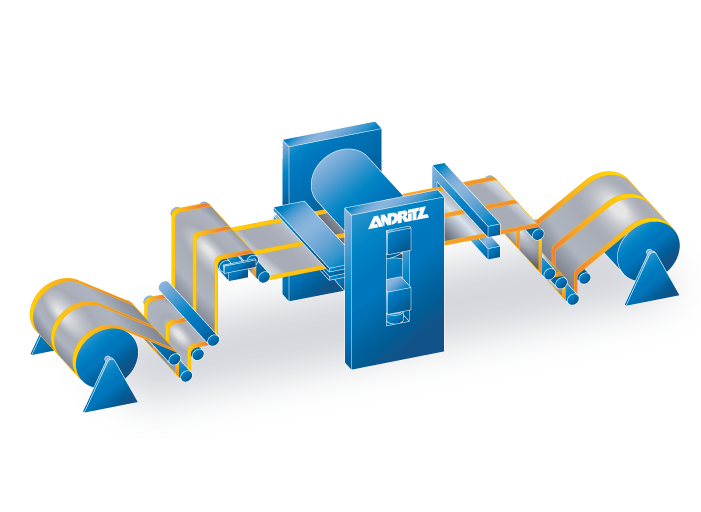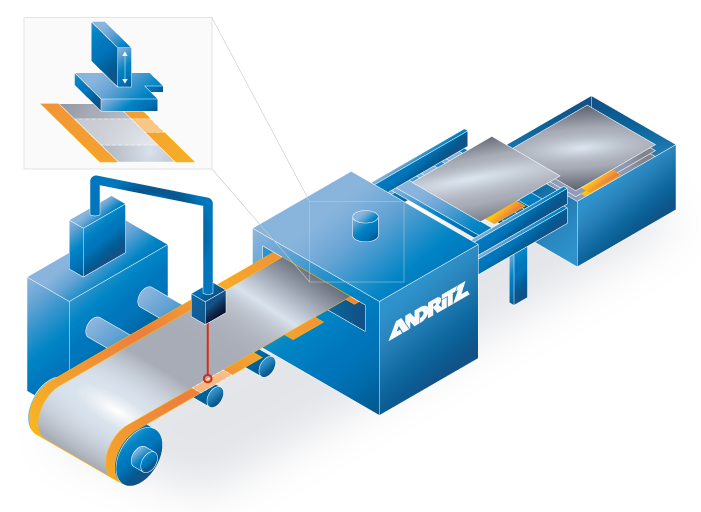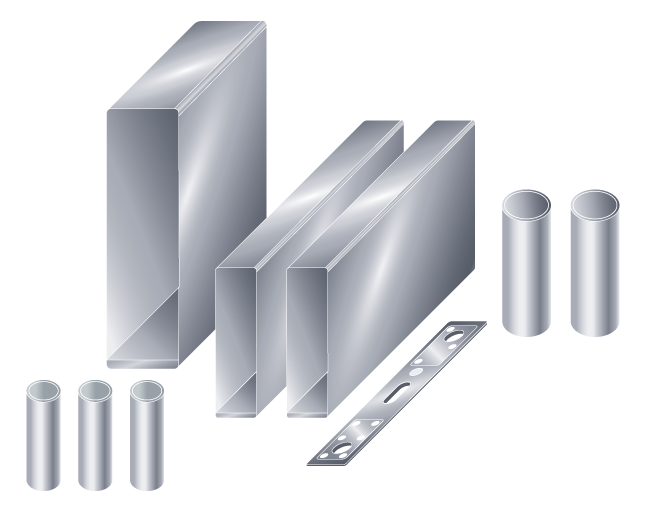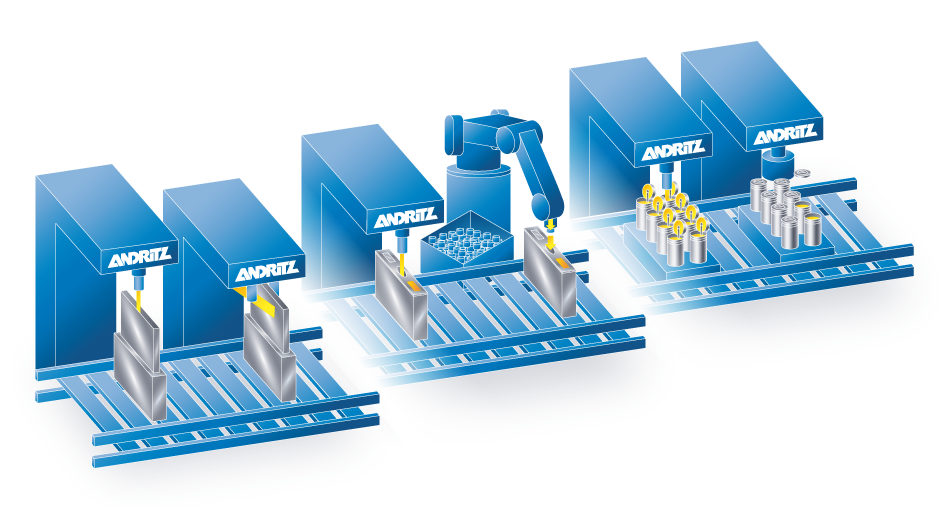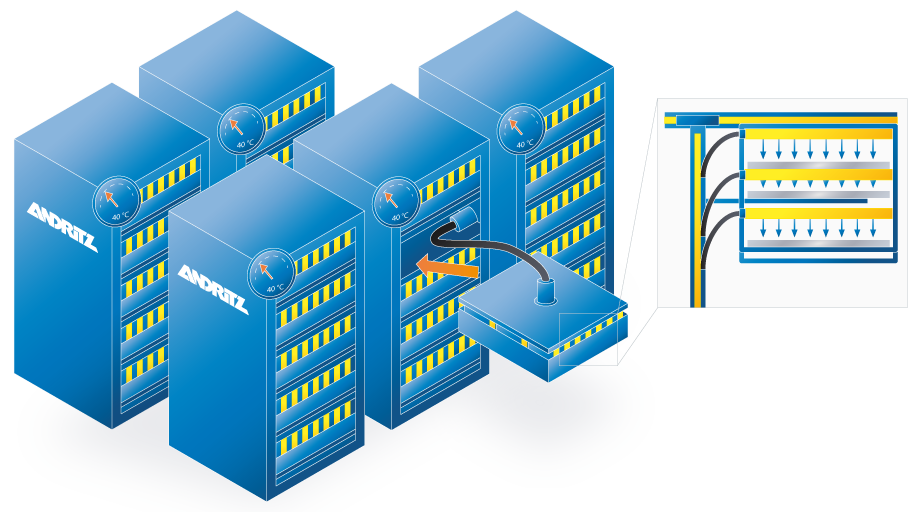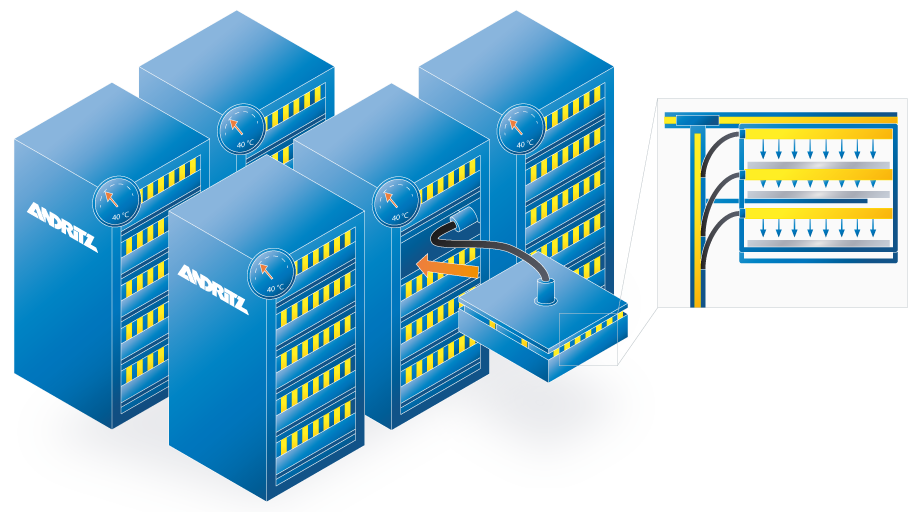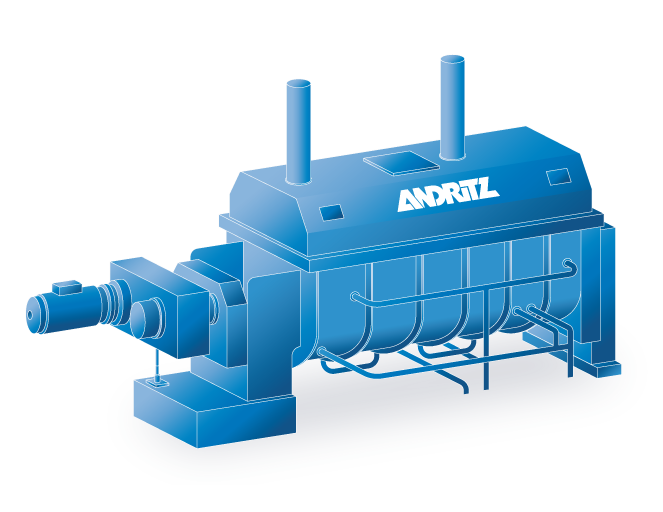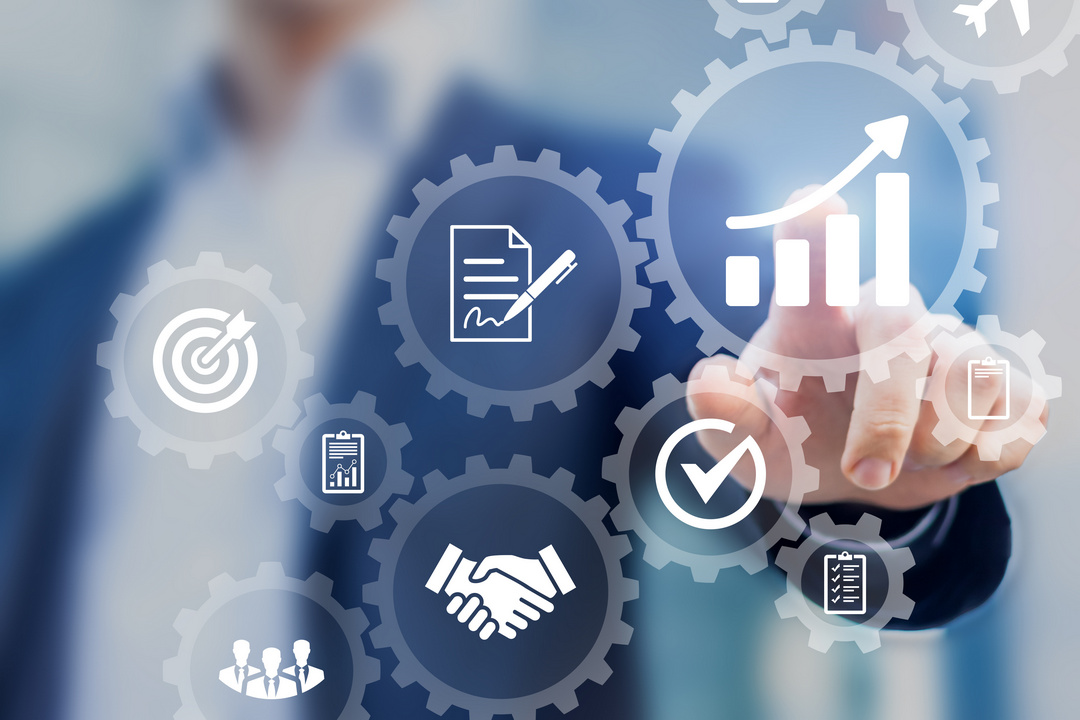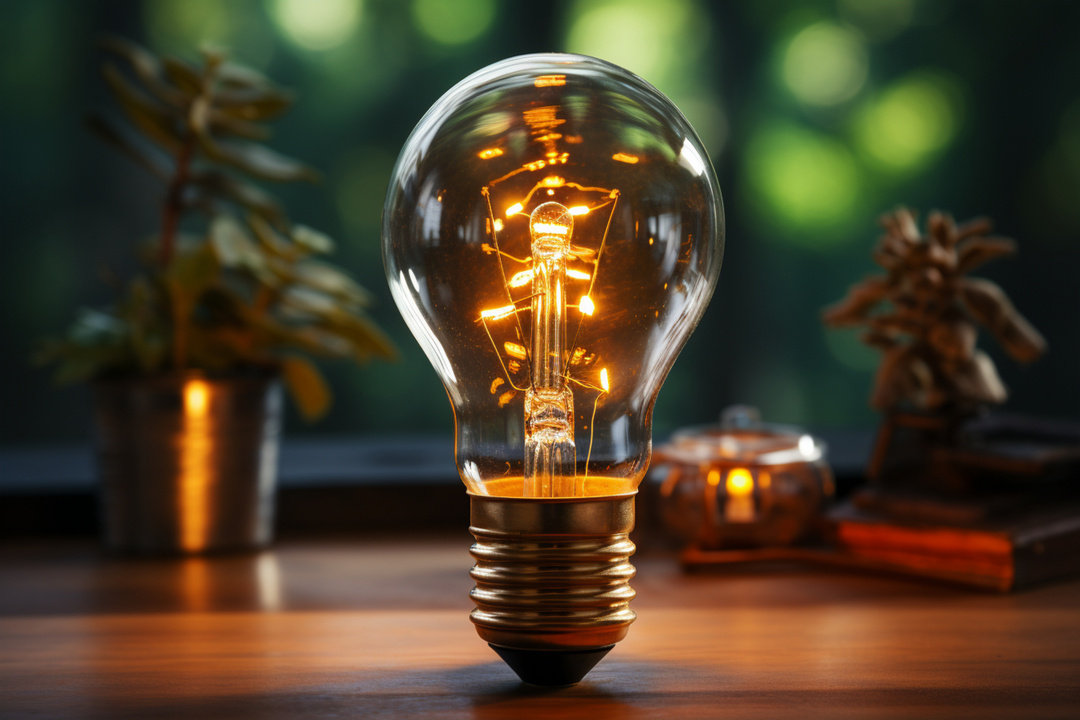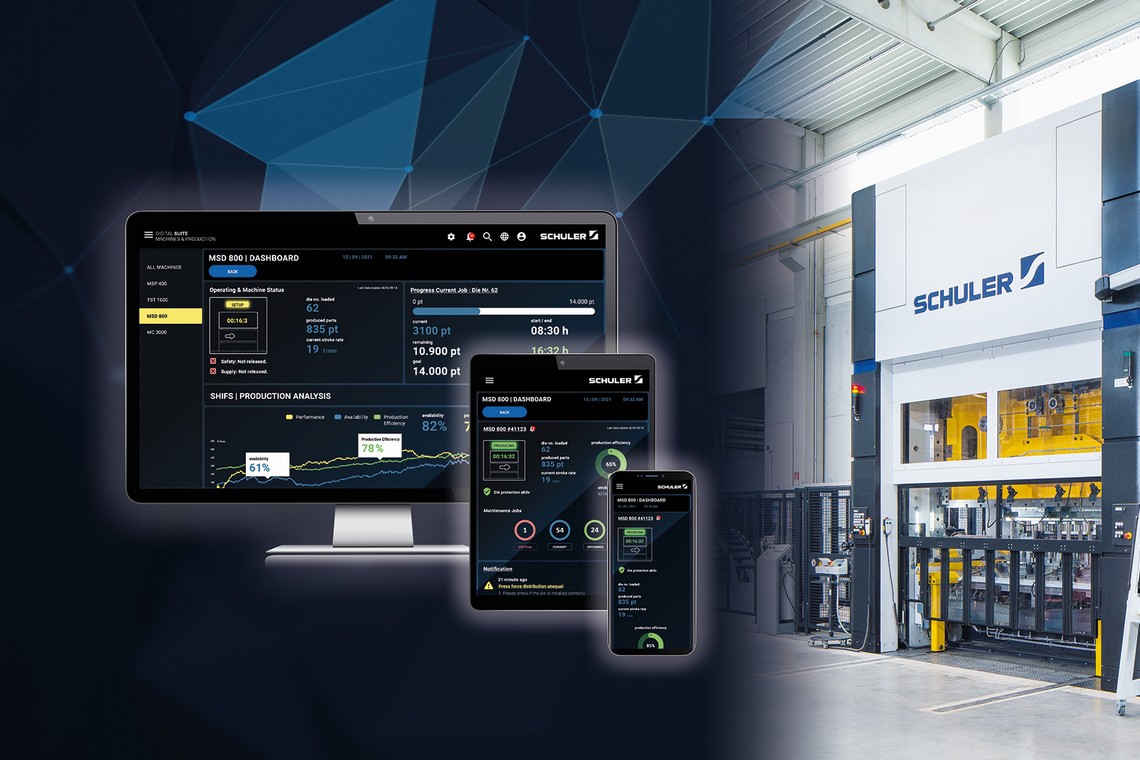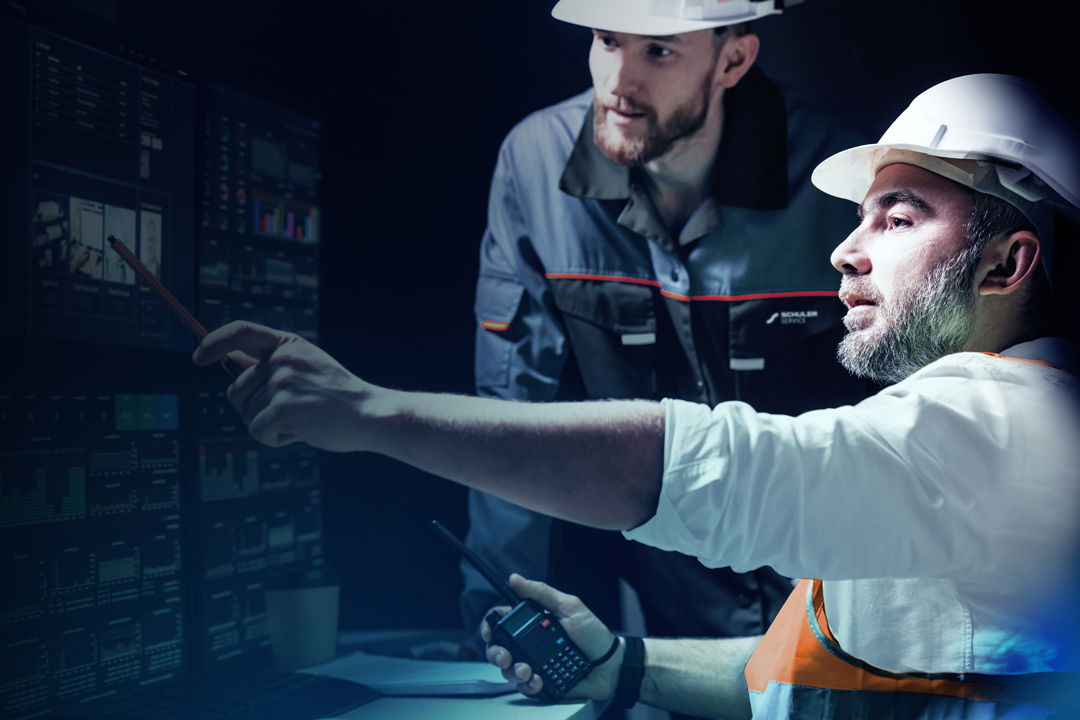ANDRITZ world of Battery equipment and solutions
As more electric vehicles hit the road, the need for batteries to power them grows enormous. ANDRITZ offers innovative solutions for several stages of the battery manufacturing process. From raw material processing to cell assembly and finishing, testing and recycling. Our production lines are designed to prioritize efficiency and innovation, ensuring that we meet the highest standards in the industry. We have established global engineering partnerships and are dedicated to offering reliable local support with an emphasis on sustainability.
Within the ANDRITZ Group, we can stimulate growth in the battery industry by developing safer, more efficient and faster-charging battery manufacturing technologies for e-mobility, ESS and any other applications.
